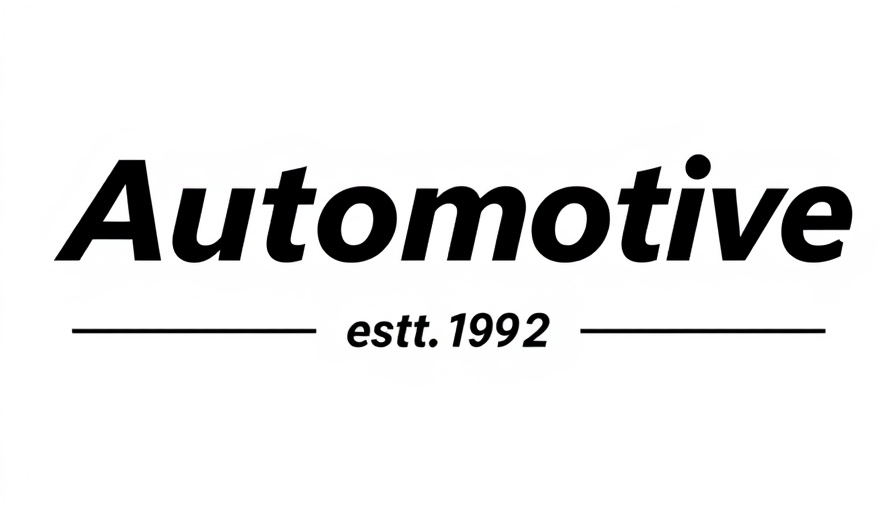
Understanding the Pivotal Shift in New-Vehicle Affordability
The automotive market is in a state of flux, with new data revealing a concerning trend in vehicle affordability this April. According to Cox Automotive’s Kelley Blue Book, the average transaction price (ATP) for new vehicles reached $48,699, marking a 2.5 percent increase from March – a stark contrast to historical monthly gains. Such data points highlight the potential challenges consumers may face in the coming months.
Impact of Tariffs on Vehicle Prices
One of the critical factors driving this price hike is the tariff policy enacted by the previous administration, which began affecting prices approximately 47 days prior to this reporting. Exactly how tariffs influence the market is articulated well by Erin Keating, an Executive Analyst at Cox Automotive: “Ever since President Trump announced auto tariffs, the cost of new cars has been steadily climbing.” While demand remains robust, the relationship between tariffs and pricing introduces a layer of complexity and uncertainty for consumers and businesses alike.
EV Market Dynamics: A Double-Edged Sword
Interestingly, while overall vehicle prices have soared, electric vehicle (EV) prices experienced a more modest change, with an ATP of $59,255, reflecting only a 0.2% uptick month over month. This indicates a placating of some of the pressures influencing traditional vehicles but also raises questions about future incentives. Incentives on EVs, which once acted as a counterbalance to high prices, dipped again in April, suggesting a possibly shifting market landscape.
Consumer Response: Unwavering Demand Amidst Price Hikes
Remarkably, consumer enthusiasm for new vehicles continues unabated. With a seasonally adjusted annual rate of 17.3 million units for April, demand outstrips expectations, reminiscent of pre-pandemic levels. This resilience indicates that while pricing poses challenges, the desire for new vehicles remains strong, presenting an opportunity for dealerships to capitalize on consumer readiness to purchase despite economic constraints.
Future Predictions: Navigating a Changing Landscape
The ongoing evolution of the automotive market raises important questions for dealership owners and general managers: How can they strategize to adapt to both pricing pressures and continued consumer enthusiasm? The potential for price stabilization hinges considerably on shifts in inventory levels and the influence of tariffs, requiring keen observation and agile response strategies.
Actionable Insights for Dealerships
In light of these developments, dealerships can adopt several strategies to ensure relevancy and profitability under rising vehicle costs. Emphasizing customer education about price variations linked to tariffs could build trust and transparency. Additionally, creating tailored marketing that highlights EV advantages may capture shifting consumer sentiments as they navigate both choices and budget constraints.
 Add Row
Add Row  Add
Add 

 Add Row
Add Row  Add Element
Add Element 




Write A Comment